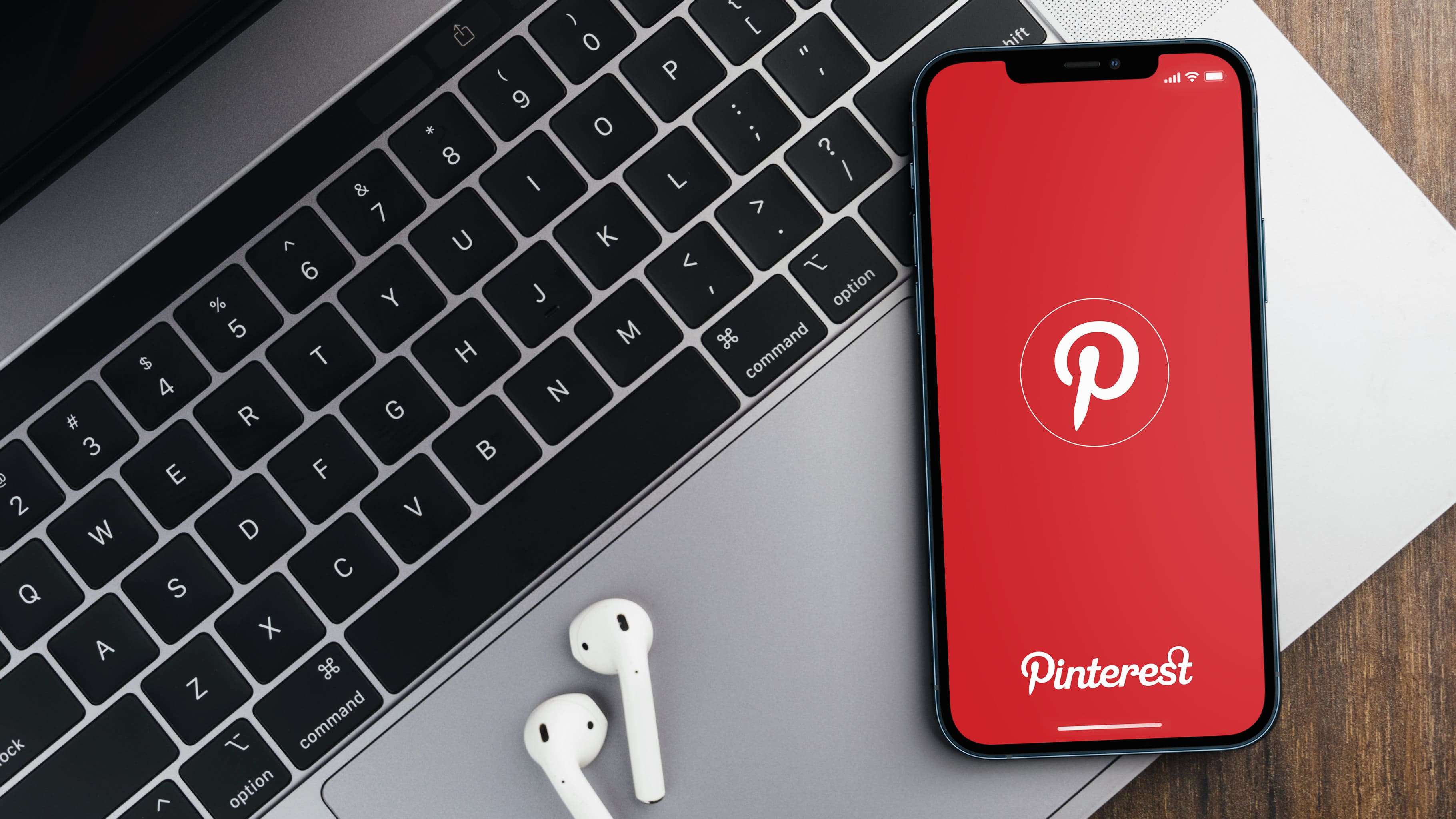Despite several years of media hype Pinterests Buyable Pin function remains solely in the US, not yet reaching the UK & Europe. However, the social media/visual search engine channel has increased their shoppability rapidly over the last year or so. This shift towards even more accessible discovery and purchase reflects the changing online retail environment that has seen incredible growth potential spurred on by the COVID-19 pandemic. Whilst Pinterest is still the best place to create moodboards and get inspired by other peoples pins, it is now positioning itself as the place to shop as well. We take a look at a few of their new features and see how Pinterest has become an eCommerce hub.
Some avid Pinterest users may have noticed the separation of the search feed into “Explore” and “Shop” tabs. From the mobile app it’s just a quick tap to change from search specific inspiration to a catalogue of options that you can’t resist. This feature may at first seem redundant since many posts already contain product links (as well as links to blogs etc.). However, by separating what users can purchase from what they can’t, the disappointment of finding an “un-shoppable” post is reduced. By encouraging the user to signal that they are looking to buy by moving to the “Shop” tab, they are already one step further along the path-to-purchase journey.
To make pinned products more obvious, businesses can create a Rich Pin. These have the price of an item at the top with a product link below and are able to give more detail to the user immediately. Another useful feature of Rich Pins is that businesses can link the information to their eCommerce website so that things like live pricing and stock updates can be automatically updated on the pin. This is particularly useful as it means that content creators don’t need to constantly review old pins, they can simply create and post.
Pinterests “Shop The Look” feature is another great way to bring shoppable inspiration to users. The format allows businesses to tag multiple products shown on one pinned image. This means that when it comes to fashion, for example, a user can find links to buy each piece of an outfit rather than just one. Since Pinterest searches in the UK are up 55% year-on-year, monopolising on the increased site traffic by offering more products per pin makes a lot of sense.
According to Pinterest 97% of their most popular searches are unbranded. This means that there is a great opportunity to introduce users to new brands and products. The new Today tab is the perfect way to explore curated pins around specific topics that users may not have thought to search for. Guest editors may also feature so that there is the chance for influencers or brands to sponsor an edit.
With Pinterest aiming to become an aspirational visual search engine, their new lens feature brings them closer to the future. By taking pictures of one or multiple objects using the Pinterest Lens, the user can be guided to product pins of the same or similar items. The Pinterest Lens is able to identify around 2.6 billion fashion and homeware items, which is considerably more than even Google’s lens tool. By allowing people to be connected to more personalised recommendations, this feature can help to replicate the in-store shopping experience.
The Buyable Pin has worked well for the US market, with two buttons on each pin, one allowing you to pin the post and the other allowing you to buy the product directly from the app. However, as shown above, Pinterests new features more than compensate for the lack of Buyable Pins on the European and UK platforms. In fact it could be argued that the most recent updates create a more rounded experience than a single button could do – making inspiration and therefore products more searchable and ready to consume.
—————————————————————————————————
Written and researched by Paige Elford, Digital Marketing Graduate








